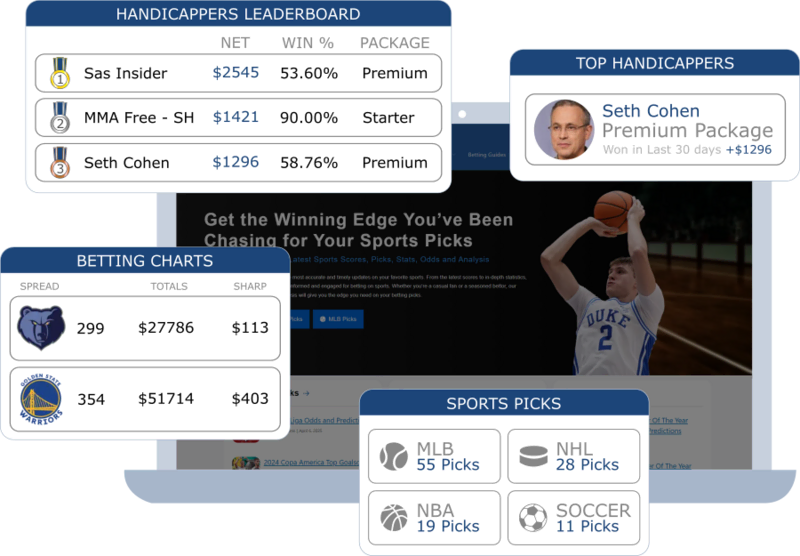There are a lot of ways you can bet on the NHL. It does not have to be limited to what side to play, how much they’re going to win by, or how many goals are scored, whether it happens in the first, second or third period, or whether it is in regulation only.
There’s a very colorful prop you can play just about every night there is an NHL game. It’s called the “Grand Salami,” and essentially what it does is take all the games put together and assign some kind of betting numbers to it.
At America’s Bookie they don’t “hide the salami.” Rather, they carry it for you on each NHL night. We are going to take a look at a sample and how you might want to go about analyzing it, without having to throw all of it into a computer program.
Where to Bet on the NHL Online
We took Tuesday’s NHL card and the Grand Salami that was assigned to it.
There were a couple of different propositions for the lineup. One is pretty standard, which is:
Home Goals -115
Away Goals -105
What this basically says is kind of self-explanatory – you will take the total of goals the home teams score on the evening and pit it against the goals that are scored by the road teams.
The other prop is this:
Over 51.5 Goals -125
Under 51.5 Goals +105
Okay, let’s start with the first one. We took a quick look at the games and the stats associated with the teams involved.
The teams that were home on Tuesday night – grouped together – have averaged 3.1 goals per game on their home ice. The road teams, as a group have averaged 2.74 goals per game when playing away from home.
That’s not the end of it, however. Goals that a team is able to score are always going to be a function of the other team’s propensity to allow goals, given the situation.
As such, we have to look at how many goals a home team allows at home, because that will have an impact on how many goals the opponent will be able to get. So in this case, the nine home teams on this slate have permitted an average of 2.67 goals per game on their own ice. And the road teams allow an average of 2.92 goals per game away from home.
Often, you’re going to find a tremendous disparity between what a team scores at home and what they score on the road. An extreme example of that is the New York Islanders. They have scored 3.94 goals per game at the Nassau Coliseum, but only 2.15 per game when they’re out of town. Wow!
As we tooked at those numbers we just showed you and did some simple interpolation, we came up with an expected 3.01 goals per game from the home teams (which gets us to 27) and 2.7 goals from the visiting teams (24.3).
Out of the 5.7 goals in that equation, the home team will have 52.6% of those goals, with the away teams scoring 47.4%.
Okay, so what does our proposition say?
Well, if the home team goals are -115, that is an implied probability of 53.5%. The away team goals are -105, which is an implied probability of 51.2%.
Naturally those aren’t the same as the “real” odds. But they represent the price we have to pay to take either side. The way it looks, the price on the home team goals, in this model, are closer to what the odds really are, and thus may bring you more value.
As far as the total goals in the Grand Salami are concerned, well, if you want to do it in a simple way, you can multiply 5.715 (which provides us with a more precise figure) by nine, which gets us to 51.435 goals. Obviously, that is very close to the number that the oddsmaker has set forth (51.5).
Yet it’s still a little lower, isn’t it? And remember that you have to lay a price to go “over,” which in the prop has an implied probability of 55.6%. On the other hand, the “under” priced at +105 carries the implied probability of 48.8%. In this particular case, you may be closer to the value in this prop when you go “under.”
Of course, we are using very simple methodology here. There are other factors that could impact the way you should go, such as the way teams have been performing in recent games, injuries, which goaltenders are playing, and so forth.
The point is that if you employ a little homework, the “salami” is less likely to leave a bad aftertaste.













